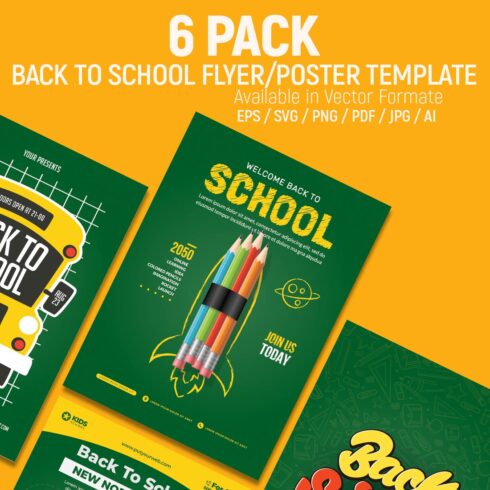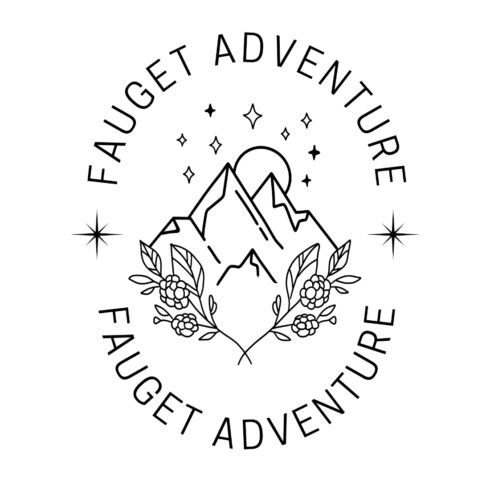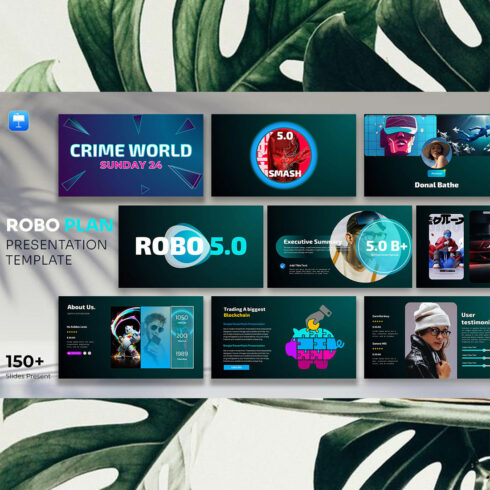Font Licensing: Everything You Need to Know (Over-Simplified)
Fonts can make or break a design project. When it comes to designers, we are always looking for the perfect typeset to include in our projects. Everyone who uses fonts needs to be aware of the Font Licensing attached to each font, otherwise they might find themselves in trouble.
What follows is an oversimplified guide to font licensing, so you will be aware of how to handle typefaces in your next project, both for print and digital uses.
The Difference Between Typeface, Font, and Font Family

Image by MasterBundles
First things first, it is important to get some terminology down and out of the way.
Typeface and Font are two different things, although in the modern computer age their meaning is often mixed and matched. Font Family is the same as Typeface.
A typeface is the collection of shapes and styles that form all the letters and symbols necessary to compose text in a certain language. For example, Garamond and Times are technically typefaces. A Font Family is another way to refer to a typeface.
A font is a subcategory of a typeface with a specific size and weight. For example, “Arial, size 14, regular” is a different font from “Arial, size 11, italic.” This differentiation was important when printers used movable cast symbols to compose each page, so they wouldn’t mix sizes and weights. Nowadays the term font still refers to the whole set of characteristics, rather than just the typeface.
The original difference was partly transferred to the digital world. In fact, we need a different file for each style of a typeface (e.g., regular, bold, italic, etc.).
By the way, check out information about font licenses in our free checklist! Download it to never miss this information!
What is Font Licensing Anyway?
Just like any license, the owner of a font creates a license that outlines the way in which the font can be used. Every font and typeface (even free ones) comes with a license attached to it. Make sure you read it to make sure that you can use it in your project. For example, many free fonts cannot be used for commercial purposes.
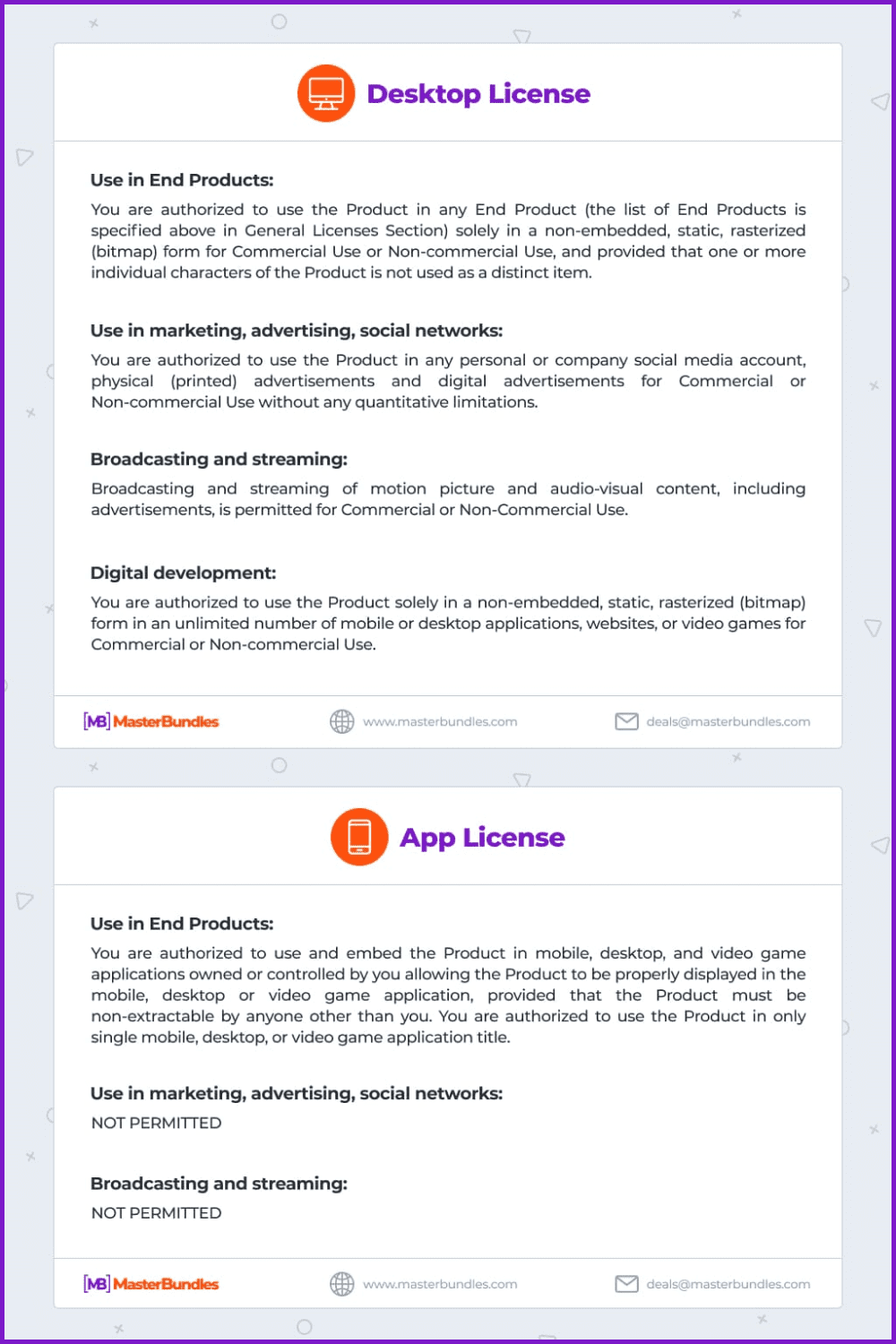
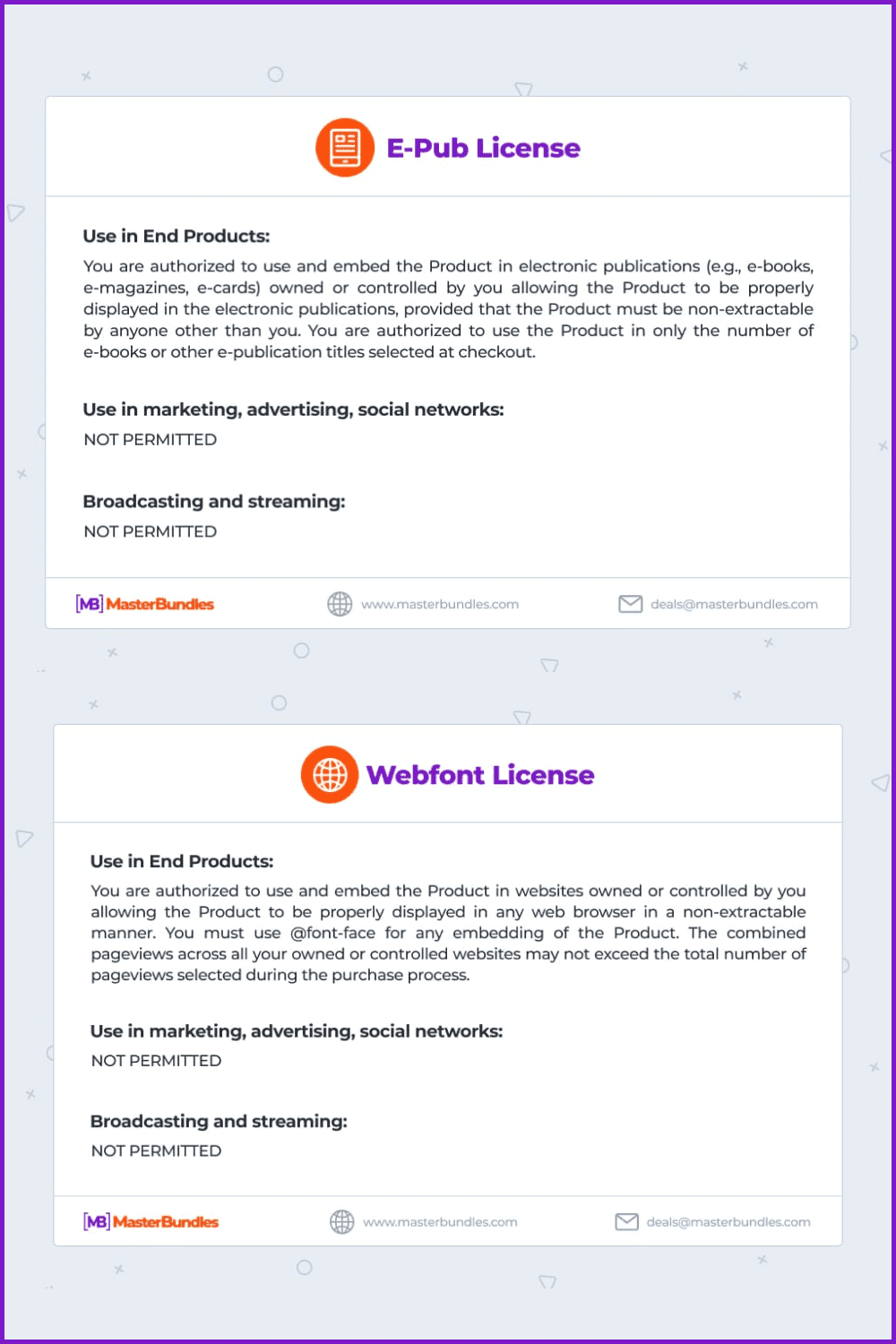


Another thing to keep in mind, the words “font” and “typeface” are often used interchangeably in the text of the license. If the license is not clear, make sure you contact the owner or the reseller, so you won’t run into trouble later.
Anyone can license a font, so we would like to stress again that it is paramount that you check the web font licensing agreement for each font you acquire, especially before commercial use.
A font is technically a piece of software, so font licenses are often referred to as EULA (End User License Agreement). In this article, we will use EULA and license interchangeably.
Personal and Commercial Use
When you buy a font, you are often offered the option to get either a personal license or a commercial license.
Personal means that you can use the font for anything that doesn’t lead to commercial gains. For example, you can use it in wedding invitations for you or a friend/family member if you are not selling them. You can even use it in your blog, but only if you don’t sell services through that blog.
Commercial licenses are a lot more expensive (usually), and allow the font to be used for commercial gains. For example, you can sell a t-shirt design you made with that font. As a graphic designer, commercial fonts will often already be licensed by the client or company you are working for.
Many freebies are available online, but they are usually only free for personal use. Always check the EULA before using any font commercially.
What is an Open Font License and Free Font License?
Don’t we all love a bit of open-source software? Open-source also applies to fonts… yay!
This means that you can download, use, share, modify, and even use the font for commercial projects. Beware though, you need to still read the EULA because there might be limits to what you can do.
The Open Font License (OFL) by SIL International is becoming the standard for open-source fonts. Most fonts on Google Fonts use this type of license. Again, make sure you always read the license agreement, but OFL allows you to do pretty much anything, as long as you don’t try to sell the typeface—and they’d like you to give credit to the developers.
Warning: Open-source is different from Free. As we already said, some free fonts may require paid licensing for commercial use.
Desktop/Print License
This is the most common basic license that generally designates fonts that come with your computer. They grant you permission to create static images and use the fonts for print. Again, always check if they can be used commercially.
It is important to stress that the Desktop and Print license does not include the use of the font in websites.
Webfont License
Webfonts are specially designed fonts, optimized to be displayed correctly by browsers. Sometimes they are called dynamic fonts, and both the creator and the user need to have it in order for the website to be viewed correctly.
The most common way to make sure that web fonts work correctly is to embed them in the project. The designer can embed the font or use hosted embedding. Most EULAs for web fonts don’t allow designer-embedding, so hosted embedding is the most common solution.
App License
This type of license allows you to use a font in mobile apps for iOS and Android. Often, these EULAs set a maximum number of times that your app can be installed before you need to upgrade the limit.
Updates do not usually count towards your installation limit, but if someone removes and re-installs your app, then it will count as a new installation every time.
ePub License
Sometimes you will want your ePub to have a specific font, especially if you are designing an eMagazine. There is a special license for those, and like App licenses, they often have a limit on the number of downloads. These EULAs allow you to embed a font in your ePublication. Format variations (e.g., ePub and MOBI) do not count as separate publications, so you can use the same license. Also, updates to the ePublication do not require a new license.
Top tip: If you need a font just for the cover design of your ePub, then use a standard desktop license; no need for an ePub license.
Server Font License
Server EULAs allow the installation of a font on a server to be used by the server’s visitors. This license model is common among businesses that personalize merchandise, such as t-shirts, mugs, and business cards.
Users cannot download the font file, but they can use it in the finished product.
Server EULAs normally last 1 year and cover a specific number of CPU cores on the live servers (testing servers do not count).
Unlimited Font License
As the name suggests, unlimited licenses cover the user for any application. Usually, large organizations tend to have this type of EULA on their font in order to cover any scenario. Unlimited licenses can cost several thousand dollars and are negotiated on a case-by-case basis.
Exclusive Font License
At the top of the chain there are exclusive licenses. They are the most expensive (likely north of 30k) and they are, well… exclusive!
With an exclusive EULA a company is the only one allowed to use a specific font. Many major brands adopt this agreement to set themselves apart from their competition.
Kudos to the font designers that land this type of agreement!
Guidelines for Font Licensing

Image by MasterBundles
To summarize what has been covered so far, every font and typeface comes with a license attached—even free or open-source fonts.
You need to read the EULA every time you include lettering in a project and, if things are not perfectly clear, you need to contact the seller or owner of the lettering to make sure you can use it in your project.
Be particularly careful with freebies and check out font licensing rules, as you might get into trouble if you use them for a commercial project. For example, if a client of yours needs to pull a campaign because you used improperly licensed lettering, you might find yourself in big trouble and your reputation as a designer might crumble.
Font and typeface may mean the same thing or two different things. Some licenses for “fonts” cover the entire typeface, while other forges may require a license for each subtype (e.g., regular, bold, italic).
Always check the EULA’s limits. On many agreements there is a specific number of times you can use a font. For example, a number of app installations, a number of prints, or a specific expiration date.
MasterBundles has a heap of incredible custom fonts, and our EULAs are extremely clear. Moreover, should you have any doubts, we are always happy to help!
Do You Even Need a Font License?
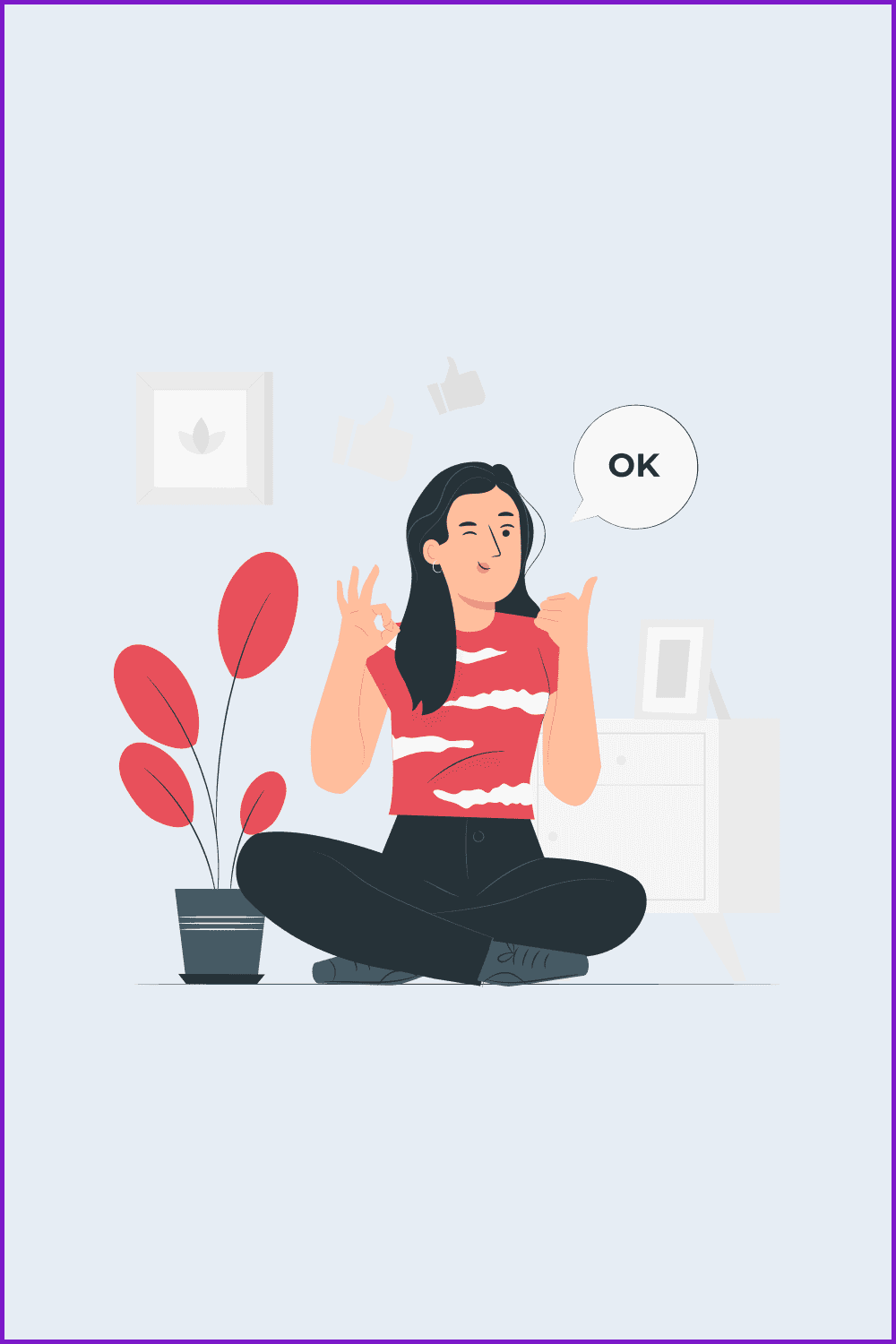
Image by MasterBundles
The short answer is: yes, always, absolutely.
For personal projects that are not digital, you might get away with not knowing what the EULA says. We still advise you to be careful, but we have yet to hear of someone sued for printing a school project with an unlicensed lettering.
For commercial projects, you absolutely need to know the license agreement. Check it and re-check it, or you might end up in big trouble.
For digital projects, the easiest thing is to use Adobe Typekit or Google Fonts. You should still read the EULAs, but these two tools will pretty much guarantee you are covered under most use cases.
Ethically Speaking
When you use an open-source, completely free font, you should acknowledge the designer. Keep in mind that someone spent hours and hours designing that beautiful piece of art that you are using to compose words in your project, and then they made it available to you for free. The least any designer can do is to give credit where it is due.
Commercial fonts don’t follow the same logic, because you have paid for the font-design service.
Lastly, if you want to be dodgy, download fonts from shady sources, and use them without proper licensing, beware that there are AI tools that can spot you
What can happen if you use a font without a license?

Image by MasterBundles
The only answer you should need is: don’t do it!
The longer version is as follows.
If your project is small and non-commercial, probably no one will care. But let’s say that project grows and someone notices there is a copyright infringement (because this is what is):
- You will likely get a cease-and-desist letter asking you to pay a settlement. Usually, these are pretty large sums. You might be able to arrange a retro-active licensing in this case.
- If you don’t pay, you will be dragged to court and will need a lawyer to defend you. You will likely lose the case and you’ll have to pay a lot more than the original proposed settlement.
Moral of the story? Don’t steal fonts!
How Do You Avoid Problems?

Image by MasterBundles
It should be clear by now, but here is a quick summary of how to avoid problems with font licensing:
- Use appropriately licensed lettering in your projects.
- Understand what the EULA says.
- Ask for help if you are not sure.
- Don’t assume a client, or anyone else who is not the font owner or a lawyer, knows about font licensing (if they tell you to go ahead, still check all licenses).
Conclusion
Hopefully, this article will help you navigate through the prickly issue of font licensing. The bottom line is to stay ethical and always use the proper licenses. Good luck on your next design project… and check that EULA!
Also, check out these amazing custom fonts at MasterBundles. We even give out some for free!
FAQ
Why is font licensing an ethical issue?
Fonts are a work of art. Endless hours go into a good font design. As all art, it is covered by copyright. You wouldn’t want people to use your work without acknowledging you as the author; the same goes for font designers.
How to check a font license?
When you download a font there should be a text file with the EULA in the same folder. If there isn’t, contact the designer, the seller, or the website where you found the font and ask them for the license agreement.
Purchasing fonts for commercial use: how to do it right
Most font websites have a selection menu before you download the lettering where you can select the license. MasterBundles does this and makes it very clear what you are selecting. If you cannot see a license-selection option, contact the sales team of the website to ask for instructions.
Some Awesome Video About Installing Custom Fonts on Android
PROTECTING YOURSELF LEGALLY FOR GRAPHIC DESIGNERS
hope you enjoy this video where I talk about protecting yourself legally for graphic designers. I AM NOT AN EXPERT BUT I DID SOME RESEARCH!
- display fonts
- sans serif fonts
- script fonts
- serif fonts
- symbol font
Please Take a Moment to Pin This Post to Pinterest
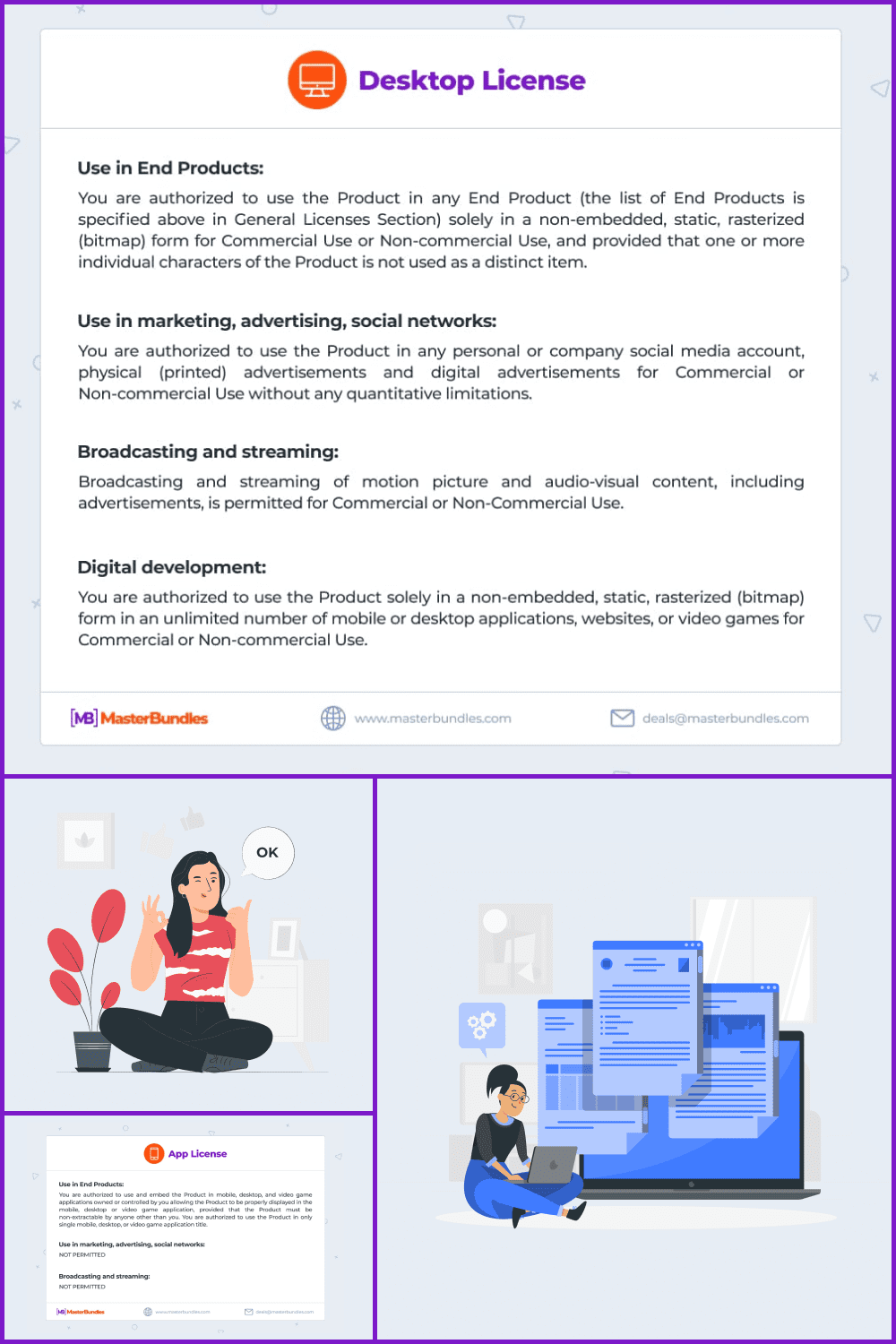
What are your concerns?
Thanks for your response!
Disclosure: MasterBundles website page may contain advertising materials that may lead to us receiving a commission fee if you purchase a product. However, this does not affect our opinion of the product in any way and we do not receive any bonuses for positive or negative ratings.










